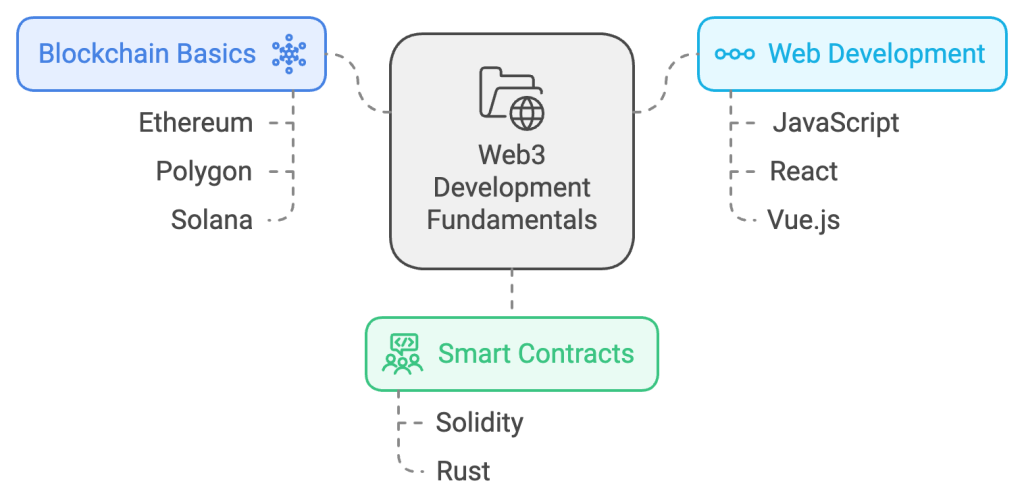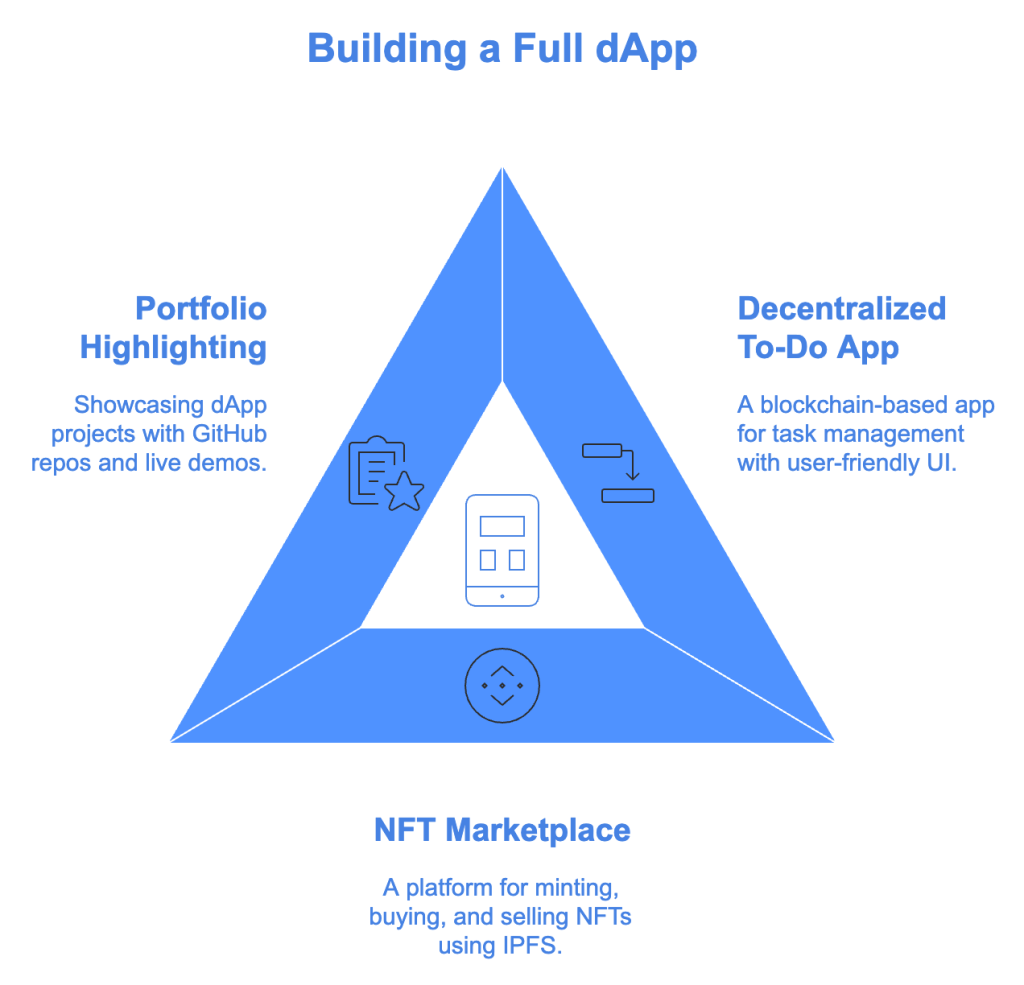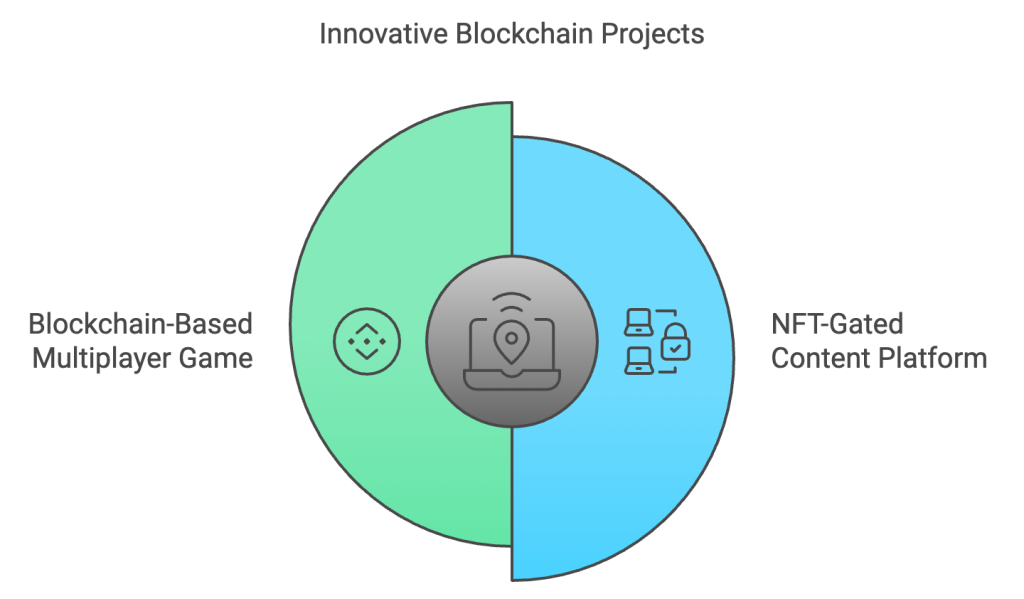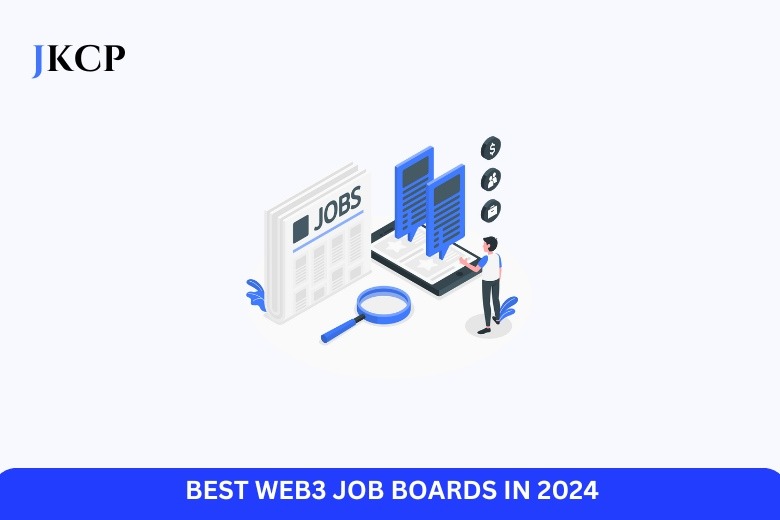How to Build an Impressive Web3 Developer Portfolio with Project Examples
Diving into the world of Web3 development is exciting, but standing out requires more than technical know-how – it demands an impressive portfolio showcasing your skills and creativity. Whether you’re a seasoned developer transitioning from Web2 or a newcomer to blockchain tech, creating a standout portfolio can set you apart. Here’s a step-by-step guide to building your Web3 portfolio, complete with project examples to help you shine.
Why a Web3 Developer Portfolio Matters
In Web3, your portfolio isn’t just a resume – it’s proof of what you can build. Unlike traditional roles, employers in the Web3 space often want to see code, live projects, and innovative solutions rather than just lists of qualifications. A well-crafted portfolio demonstrates your technical expertise and ability to adapt, problem-solve, and innovate within the blockchain ecosystem.
Step 1: Master the Fundamentals of Web3 Development
Before building your portfolio, make sure your foundation is strong. Web3 development focuses on blockchain technology, smart contracts, and decentralized applications (dApps). Essential skills include:

Step 2: Build Your First Smart Contracts
Start with simple projects to get the hang of smart contract development. Platforms like Remix IDE are brilliant for writing and deploying smart contracts directly in your browser. Create basic smart contracts for:
Step 3: Build a Full dApp
Now that you’ve mastered smart contracts, it’s time to create full-fledged dApps that showcase how you handle front-end and back-end integration.
Suggested Projects:

Step 4: Experiment with DeFi Protocols
DeFi (Decentralized Finance) is a significant part of Web3. Showcase your ability to create projects involving staking, yield farming, or decentralized exchanges (DEX).
Advanced Project Ideas:
Step 5: Integrate Cross-Chain Functionality
Interoperability is the future of blockchain. Including a project that demonstrates cross-chain capabilities will show potential employers that you’re on top of current trends.
Project Example: A cross-chain bridge that allows users to transfer tokens between Ethereum and Polygon. Explain how you managed communication between different blockchains and the tools you used, like ChainBridge or RenVM.

Step 6: Showcase Real-World Applications
Employers and clients are impressed by projects that have practical applications. Think about developing tools or applications that solve real-world problems.
Example Projects:
Step 7: Add a Layer of Innovation
Want to make your portfolio unforgettable? Add projects that showcase innovative use cases of blockchain technology.
Creative Project Ideas:
- NFT-Gated Content Platform: Build a site where only users who hold a certain NFT can access exclusive content.
- Blockchain-Based Multiplayer Game: A game that uses NFTs as in-game assets, demonstrating your ability to integrate blockchain with gaming logic.

Step 8: Polish Your Portfolio Site
Now that you have the projects, it’s time to showcase them. Create a website that showcases your work in an organized and engaging way. Use React or Next.js to build your portfolio site and host it on platforms like Vercel or Netlify.
Portfolio Essentials:
- Project Pages: Dedicated pages for each project with descriptions, links to live demos, GitHub repos, and tech stacks used.
- About Me Section: Share your journey into Web3 and highlight your key skills.
- Contact Info: Make it easy for recruiters and clients to reach you with a contact form or links to your social profiles like LinkedIn and GitHub.
Step 9: Contribute to Open Source
Contributing to open-source projects strengthens your skills and shows you’re a team player. Look for projects on GitHub that align with your interests, and start by fixing bugs or adding documentation.
Final Thoughts
Building an impressive Web3 developer portfolio takes time and dedication. Start small, but aim high with your projects, incorporating various aspects of blockchain technology. Show your ability to innovate, problem-solve, and create useful applications. As the Web3 ecosystem grows, your well-rounded portfolio will be your ticket to landing exciting roles and collaborations in this booming field.




